Are you encountering the frustrating “Excel data source reference not valid” error? Don’t worry—you’re not alone, and we’re here to help you get your spreadsheets back on track.
Microsoft Excel is a powerful tool used by businesses and professionals worldwide. However, its extensive features can sometimes lead to confusing errors that disrupt your workflow. One such error is the “data source reference isn’t valid” message, which often appears when working with pivot tables, charts, or external data sources.
This article will walk you through step-by-step solutions to fix the “reference isn’t valid” error in Excel. By the end, you’ll have the tools and confidence needed to overcome this issue and ensure smooth data operations.
Resolving Invalid Data Source References in Excel Pivot Tables
The “data source reference is not valid” error in Excel often appears when a PivotTable refers to an invalid or non-existent named range. This typically happens if you’ve deleted a cell, row, or column that was part of the original data source or made changes that disrupted the range.
Example Scenario:
Imagine you have an Excel workbook with student data. If you accidentally delete a column that your PivotTable depends on, Excel won’t be able to locate the original range—triggering the reference error.
How to Fix It:
- Insert a New PivotTable with a Valid Range:
- Go to the Insert tab and click on PivotTable.
- In the Create PivotTable dialog box, choose “Select a table or range” and specify a valid, updated range of your data.
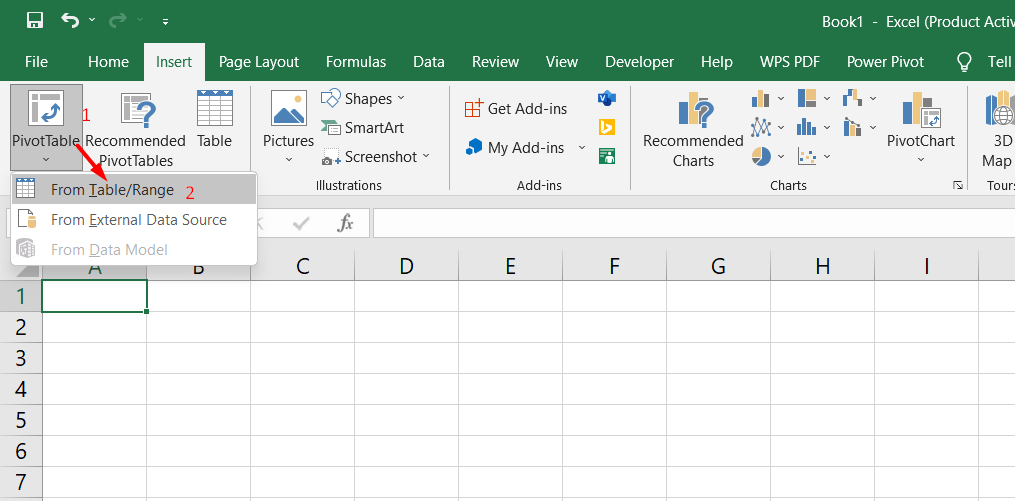
- Use Name Manager to Define a Valid Range:
- Go to the Formulas tab on the ribbon and click Name Manager.
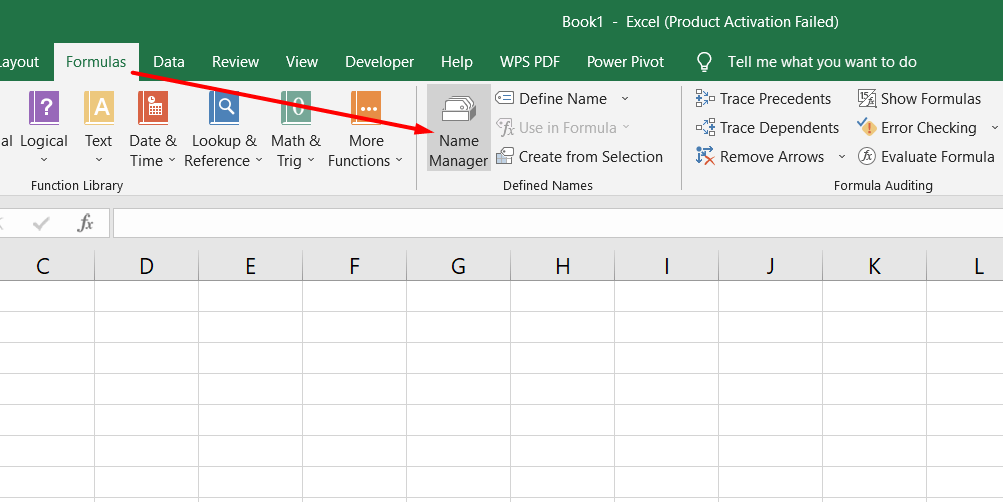
In the Name Manager window, click New to define a fresh named range.
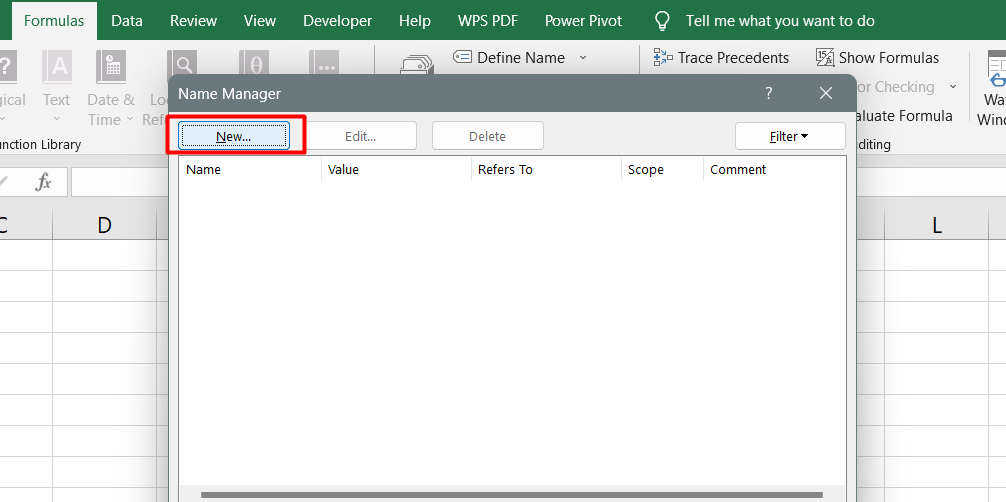
Make sure this new range includes all the data your PivotTable needs.
Update your PivotTable to refer to this named range instead.
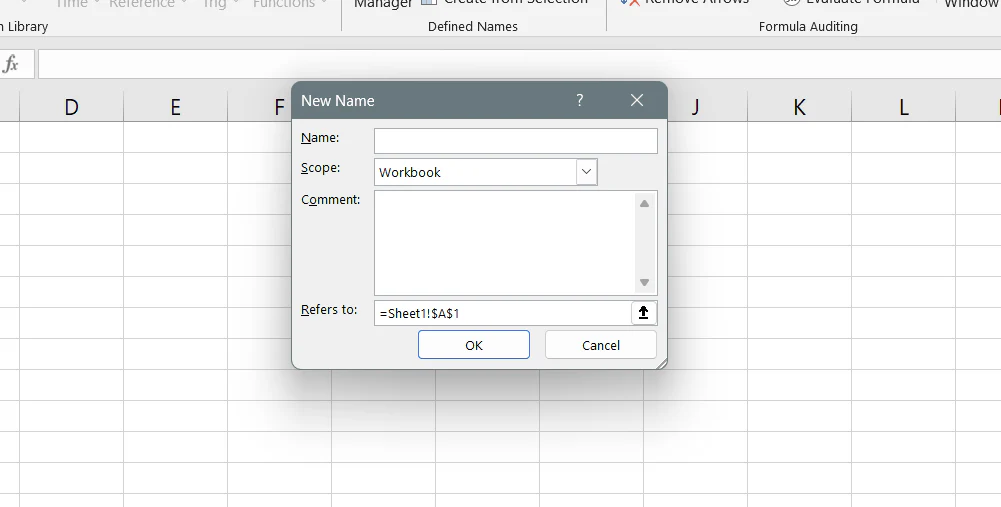
By ensuring your PivotTables always reference a valid data range—whether it’s a regular range, named range, or Excel Table—you can prevent this common error and keep your data insights flowing smoothly.
Fixing Invalid Data Source References Due to File Location in Excel
Another common reason for the “data source reference isn’t valid” error in Excel is when the source file is not saved on a local or accessible drive. If the file is stored in a temporary location, an inaccessible network location, or opened online (e.g., via a website), Excel may fail to locate the correct data source.
Why This Happens:
- The Excel file is opened from a temporary or web-based location.
- The data source is on a network drive that’s no longer available or requires special access.
- The file has been moved or deleted, and the pivot table is referencing its previous location.
How to Fix It:
- Save the File Locally:
- Ensure the Excel file is saved on your local computer or a consistently accessible network drive.
- Avoid Temporary File Locations:
- If you opened the file from an email or downloaded it from a website, save it to a permanent location before working on it.
- Check the File Path:
- Verify that the data source referenced by the PivotTable matches the current path of the Excel file.
- Verify Network Access:
- If the file is on a shared drive, confirm that you have the necessary permissions to access it.
- Download and Update:
- If you’re working on a file online, download it to your local drive. Then, reconfigure the PivotTable to use the local file as the data source.
By making sure your Excel file is stored in a stable and accessible location, you can avoid errors related to invalid data source references and ensure your PivotTables function correctly.
How to Solve the “Not Valid” Error Message in Excel
If you’re encountering the “not valid” error message in Excel, particularly when working with PivotTables or external references, one of the most effective solutions is to save the file to your local drive. This helps resolve issues related to temporary or inaccessible file locations.
Steps to Fix the Error:
- Open the Problematic Excel File:
- Launch Excel and open the file displaying the error.
- Use the “Save As” Option:
- Instead of clicking “Save,” go to File > Save As or press F12 to bring up the Save As dialog box.
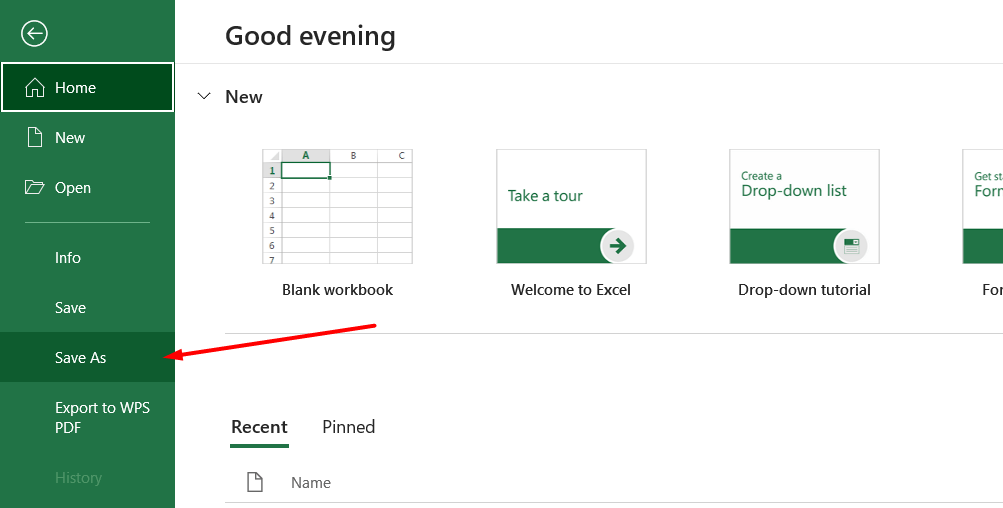
- Save to a Local Drive:
- Choose a folder on your local disk (e.g., C:\ drive) where you want to store the file.
- Enter a new file name or keep the default one, and click Save.
- Reopen the File:
- Close Excel and then reopen the newly saved file directly from your local drive.
By saving the file locally, you ensure that all references remain valid and accessible, eliminating errors caused by temporary or remote file locations.
Fixing “Reference Not Valid” Error in Excel Due to Square Brackets in File Name
Another common reason for the “reference not valid” error in Excel is the presence of square brackets [ ] in the file name. PivotTables do not support certain characters, and square brackets are among them, which can trigger a source reference error when attempting to create or refresh a PivotTable.
Steps to Fix the Issue:
- Close the Excel File:
- Make sure the Excel file is not currently open or in use.
- Locate the File in File Explorer:
- Navigate to the folder where the file is stored.
- Rename the File:
- Right-click on the file and select Rename.
- Remove any square brackets from the file name.
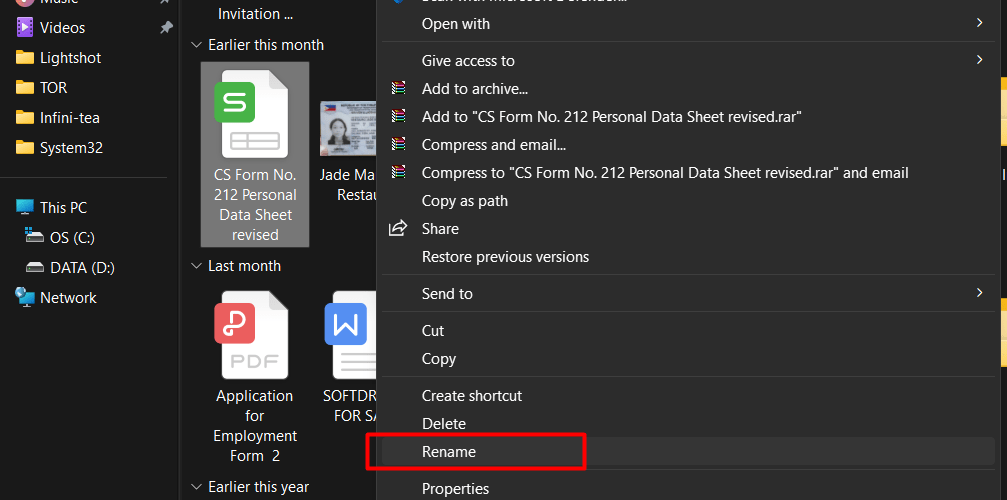
4. Save the File with a Clean Name:
Choose a suitable name that does not include unsupported characters like brackets, asterisks, or question marks.
Once you’ve renamed the file, open it again and proceed to create or refresh your PivotTable. Removing square brackets helps ensure Excel can properly reference the file, resolving the “reference not valid” error.
Final Thoughts
Encountering the “Data Source Reference is Not Valid” error in Excel can be frustrating, but it’s definitely fixable with the right approach. Understanding the common causes—like invalid or missing data ranges, files saved in inaccessible locations, or unsupported characters in file names—is key to resolving the issue.
To prevent this error:
- Always double-check your PivotTable data ranges.
- Save your files locally or on accessible network drives.
- Avoid special characters like square brackets
[]in your file names.
By applying these simple but effective techniques, you can confidently fix and avoid the “Data Source Reference is Not Valid” error and keep your work in Excel running smoothly.
One more thing
If you’re in search of a software company that embodies integrity and upholds honest business practices, your quest ends here at Ecomkeys.com. As a Microsoft Certified Partner, we prioritize the trust and satisfaction of our customers. Our commitment to delivering reliable software products is unwavering, and our dedication to your experience extends far beyond the point of sale. At Ecomkeys.com, we provide a comprehensive 360-degree support system that accompanies you throughout your software journey. Your trust is our foundation, and we’re here to ensure that every interaction with us is a positive and trustworthy one.

